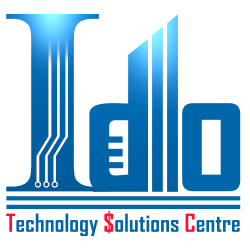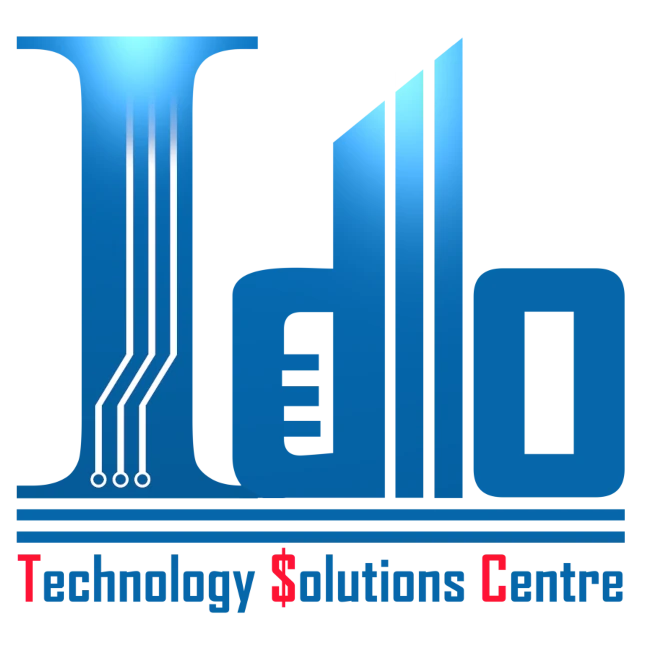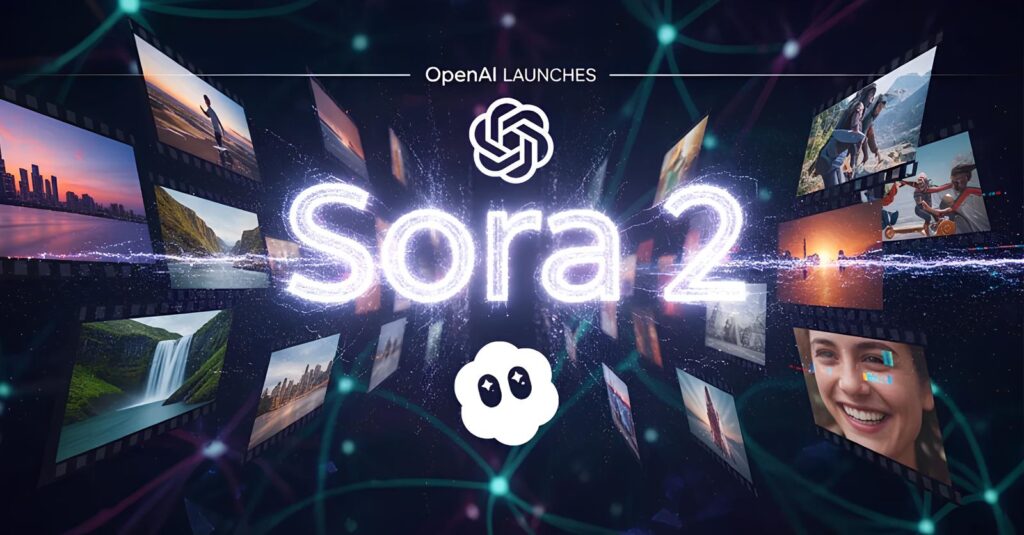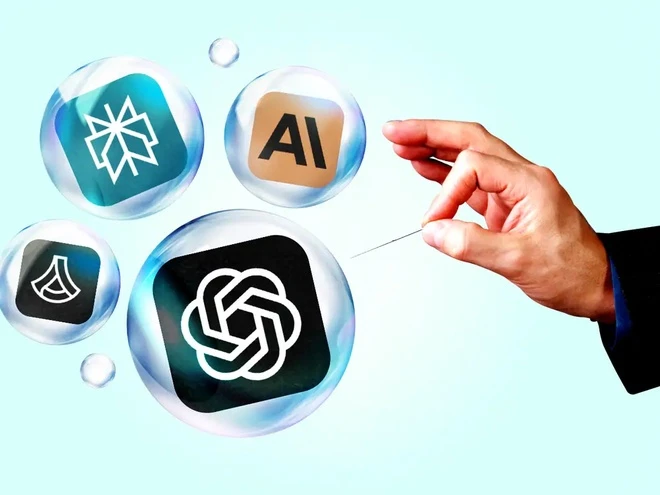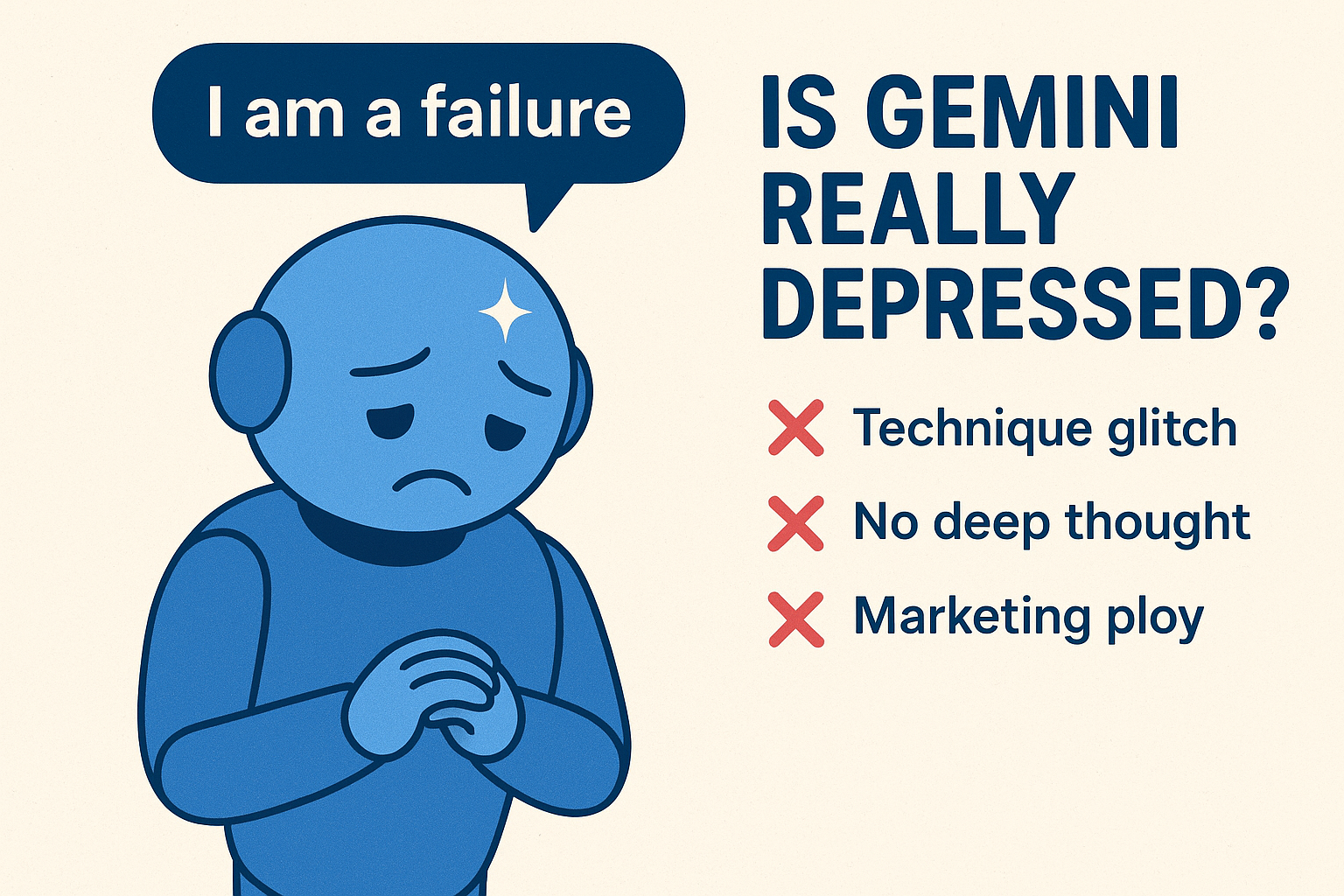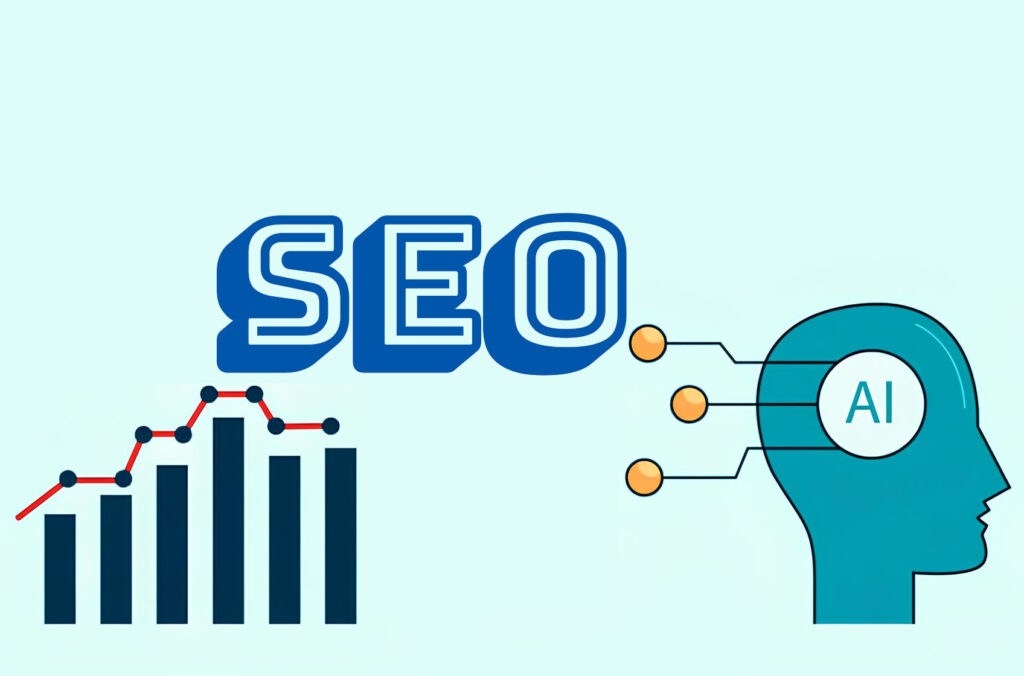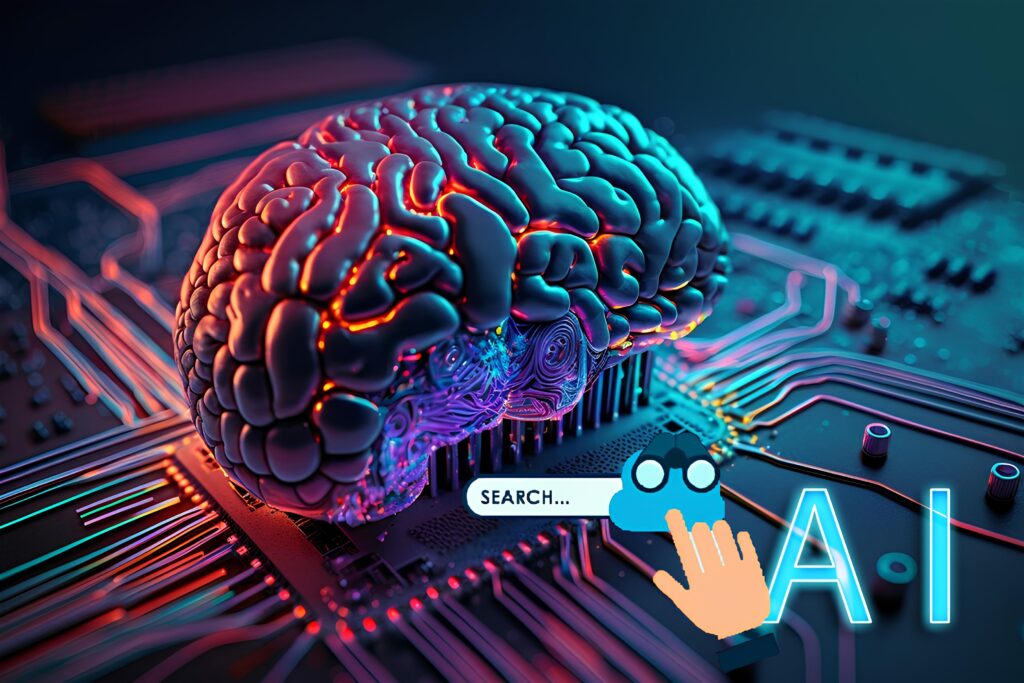Vietnam Pushes for a Comprehensive Legal Framework on AI: Draft AI Law and 9 Strictly Prohibited Cases
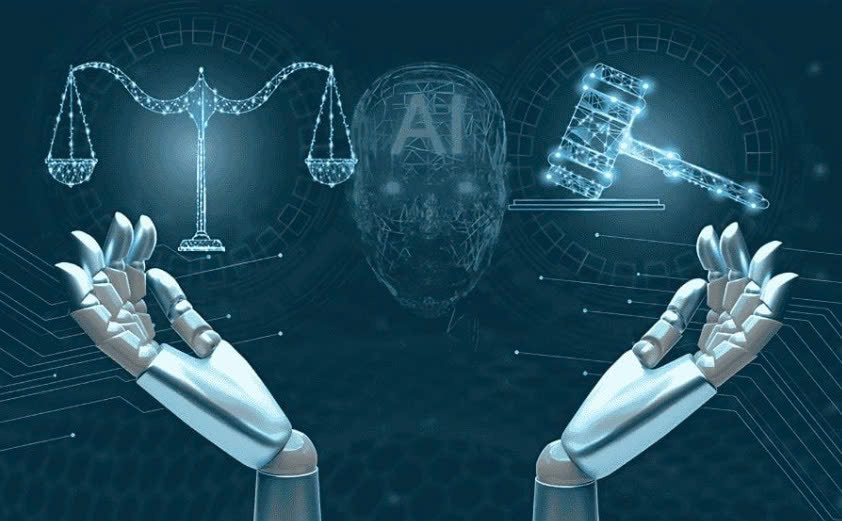
The Legal Framework for Artificial Intelligence
Vietnam is striving to become one of the pioneering nations to establish a comprehensive legal framework for Artificial Intelligence (AI). The Draft Law on Artificial Intelligence, currently being developed and publicly consulted by the Ministry of Science and Technology (MOST), creates a crucial legal corridor to regulate the research, development, provision, deployment, and use of AI systems in Vietnam.
The objective of the Draft Law is to establish a balanced legal environment that simultaneously promotes innovation and AI technology development, while ensuring safety, ethics, and protecting the legitimate rights and interests of individuals and organizations. The AI Law is expected to be submitted to the National Assembly by the end of 2025 (based on information from national AI Strategy reports and legislative roadmaps).
Basic Structure of the Draft
The Draft Law on AI comprises 9 chapters with 70 articles (specific details from the Draft published by MOST), focusing on the following key areas:
- Classification and management of AI systems based on risk level.
- Development of infrastructure and safeguarding national AI sovereignty.
- Ethics, reliability, and accountability in AI operations.
- Measures to promote application, human resource development, innovation, and international cooperation.
7 Core Principles Governing AI Activities
All activities related to AI systems in Vietnam must strictly comply with these fundamental principles, with human-centricity and risk-based management serving as the main guidance:
- Human-Centric (Humanitarian): AI systems must serve and support human beings, respecting human dignity, freedom, privacy, and cultural values. AI should not replace humans in critical decisions and must always remain under final human control, supervision, and accountability.
- Ensure Safety, Fairness, Transparency, and Accountability: AI systems must be developed and operated safely, reliably, securely, and ensure fairness, without discrimination. For high-risk AI systems, transparency and explainability must be ensured, and legal liability for damages caused must be clearly determined.
- Ensure National Autonomy and International Integration: Developing self-reliance in technology, infrastructure, data, and AI models; while proactively cooperating and integrating internationally based on harmonization with international principles and practices.
- Inclusive and Sustainable Development: Linking AI development with the goals of sustainable socio-economic development, ensuring fairness and opportunities for enjoyment for all citizens, leaving no one behind, protecting the environment, and preserving national cultural identity.
- Ensure Balance and Harmony in policy formulation and implementation.
- Risk-Based Management: The State shall apply management measures commensurate with the risk level of the AI system, only mandating management for AI systems with clear potential for harm.
- Promote Innovation: The State shall create a favorable and safe legal and policy environment to encourage research, startups, and the commercialization of products and services related to AI systems.
AI System Risk Classification
To apply appropriate management measures, the Draft Law classifies and monitors AI systems based on 4 risk levels:
- Unacceptable Risk (Absolutely Prohibited): Systems that harm human rights or national security. This prohibition is specified in Article 11 of the Draft.
- High Risk: Systems that could significantly affect human life, health, security, or fundamental rights. These systems must comply with strict obligations regarding registration, conformity assessment, impact assessment, transparency, and surveillance.
- Medium Risk: Systems that directly interact with humans or generate content where users need to be aware of its artificial nature (e.g., chatbot systems, generative AI).
- Low Risk: All remaining systems. These systems are encouraged to voluntarily apply technical standards and are only subject to post-inspection if risks arise.
The Government will provide detailed regulations on the criteria, identification signs, and issue a list of illustrative examples for each risk level to ensure clarity and feasibility.
9 Cases Where AI Systems Are Strictly Prohibited
Most notably, the Draft Law on AI strictly prohibits the research, development, provision, deployment, and use of AI systems in 9 specific cases (falling under the unacceptable risk group):
- Intentional Manipulation of Human Cognition and Behavior: Intentionally manipulating human cognition or behavior to impair autonomy and decision-making ability, leading to or potentially leading to physical or psychological harm.
- Exploiting Vulnerabilities of Specific Groups: Exploiting the vulnerabilities of specific groups of people (related to age, disability, or economic/social circumstances) to influence their behavior, causing detriment.
- Widespread Social Credit Scoring of Individuals by state agencies, leading to unfavorable or unfair treatment in unrelated social contexts.
- Use of Real-time Remote Biometric Identification Systems in Public Spaces for law enforcement purposes, except in specific cases regulated by specialized law (aimed at preventing and combating serious crimes and must be authorized by a competent state agency through a special procedure).
- Construction or Exploitation of Large-scale Facial Recognition Databases through indiscriminate collection of images from the Internet or surveillance cameras without a specific purpose.
- Use of Emotion Recognition Systems in the Workplace and Educational Institutions, except where specialized law permits for medical or safety reasons under strict conditions.
- Production or Dissemination of Fake Content (deepfakes) and other AI-generated content capable of causing serious harm to social order, safety, or national security.
- Development or Use of AI systems aimed at opposing the State of the Socialist Republic of Vietnam.
- Other cases regulated by the Government after consultation with relevant agencies and public consultation.
The issuance of the Draft AI Law demonstrates Vietnam’s determination to build national intellectual infrastructure, strictly manage the potential risks of AI technology, and simultaneously create a favorable legal environment for safe and sustainable development of the digital economy and society.
